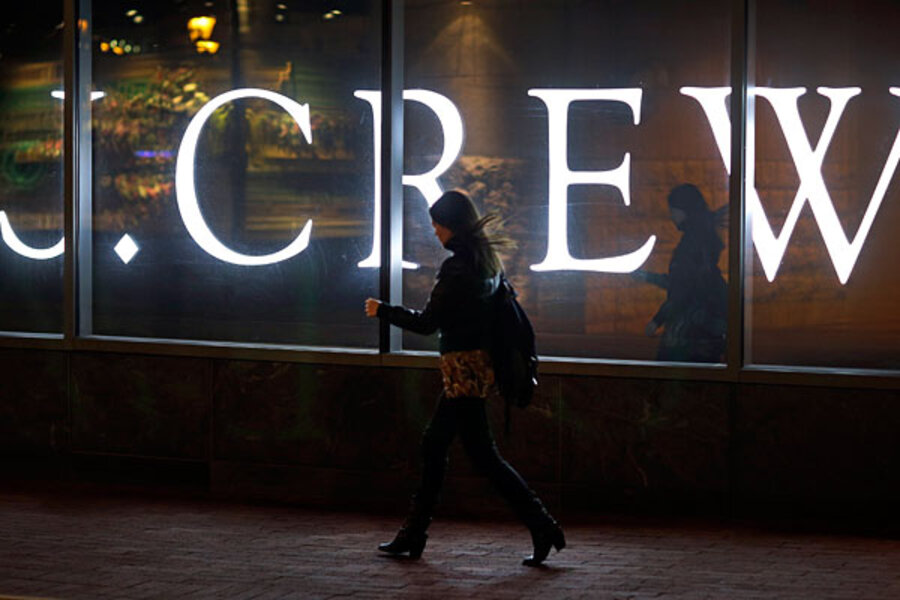What tax hikes? Retail sales rise in April despite fears of slowdown.
Loading...
US retailers posted an unexpected rise in sales for the month of April, an encouraging signal of consumer resilience in the face of tax hikes that went into effect at the start of the year.
Overall, retail sales rose 0.1 percent in the month, slower than usual but good news compared with 0.5 percent decline registered in March and the similar decline that forecasters had expected for April.
The recent weakness among consumers has stemmed from a combination of weak wage growth and tax hikes. In January, taxes went up on all workers, with the expiration of a temporary payroll tax cut equal to 2 percent of wages. Ordinary income taxes also rose for high-income earners.
“April’s retail sales data provided the strongest sign yet that households have largely shrugged off January’s tax hikes,” Paul Dales of Capital Economics said Monday in a report analyzing the new numbers. “This is perhaps partly due to the recent plunge in gasoline prices, which has left them with more cash to spend on other items.”
Gas pump prices have fallen about 2 percent since February, according to the latest figures from AAA’s Daily Fuel Gauge Report.
All this confirms a picture of an economy that’s growing modestly rather than faltering under the strain of tax hikes and tighter government spending.
The US economy grew at a 2.5 percent annual pace in the year’s first quarter, the US Commerce Department estimates. The research firm Macroeconomic Advisers predicts a 1.9 percent pace in the second quarter.
Retail activity, from department stores to restaurants and auto dealerships, is one of the important indicators of the consumer economy’s overall health each month.
Some economists say the better-than-expected April figures are a sign that the Federal Reserve’s efforts to stimulate the economy are helping to offset the negative impact of tax hikes on consumers.
The strong retail performers this spring have included automotive dealers. So far this year, sales of cars and vehicle parts are up about 7 percent compared with the same period in 2012.
“Core” retail sales, a figure that excludes gas, autos, and building materials, rose 0.5 percent in April, compared with the prior month.
Going forward, the strength of US consumers will hinge heavily on the labor market, economists say.
The unemployment rate has fallen to 7.5 percent, but average hourly earnings in the private sector, adjusted for inflation, remain slightly below their level when the recession ended four years ago.






